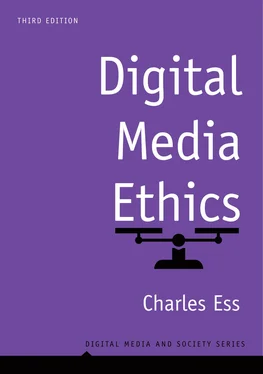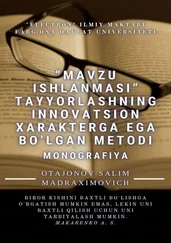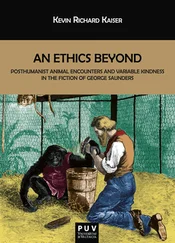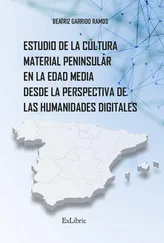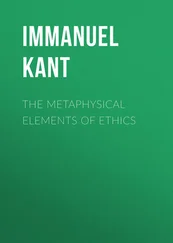The internationally famous musicians – and the multinational companies that sell their music as product for profit – are certainly wealthy enough. They won’t feel the loss of the 2 cents profit they would otherwise enjoy if I paid for the music.
Copyright laws are unfair in principle: they are written for the advantage of the big and already wealthy countries. Thus, I think illegal downloading by a struggling student in a developing country is a justified form of protest against multinational capitalism and its exploitation of the poor.
Whatever the law says, the law is the law: I think it should be respected so far as possible – not only in order to avoid punishment, but in order thereby to contribute to good social order.
Even if the chances of getting caught are vanishingly small, if I do get caught, the negative consequences would be enormous (fines, possibly problems at work, maybe even jail time). It’s not worth breaking the law to save a few bucks on music.
While internationally famous artists may not miss my contribution to their royalties, local and/or new artists certainly will. I’ll not rip them off by illegally copying their music – I’ll just order the song online or buy the CD instead.
The point here is not only that we are often pulled in competing directions by values and principles that appear to contradict one another. In addition, the more fundamental problem is: given the specific details of our particular situations, how do we know which principle, value, norm, rule, etc., is in fact relevant to our decision?
That is, in direct contrast to the “top-down” deductive model of ethical reasoning – i.e., one that moves from given general principles to the specifics of our particular case – this second ethical experience begins with the specifics of our particular case, in order then to try to determine (“bottom-up”) which general principles, values, norms, etc., in fact apply.
This second maneuver is thereby far more difficult, as it first requires us to judge – based on the particulars of our case – which general principles, norms, values, etc., apply to our case. Clearly, without such general principles, we cannot make a reasoned decision. But the great difficulty is this:
there is no general rule/procedure/algorithm for discerning which values, principles, norms, approaches apply; rather, these must be discerned and judged to be relevant in the first place, before we can proceed to any inferences/conclusions about what to do.
Aristotle referred to this kind of judgment as phronēsis – often translated as “practical judgment.” For Aristotle (and for many ethical traditions around the world), the development of this sort of practical judgment – i.e., one that can help us discern in the first place just which norms and values do apply to the particulars of a specific case – is an ongoing project that continues throughout one’s entire life. This is in part because it requires experience – both of successes and of failures – as these help us learn (oftentimes, the hard way) what “works” ethically and what doesn’t. The first time we try to learn a new skill or ability – say, ice-skating – we are certain to stumble and fall, perhaps catastrophically, and almost certainly more than once. Analogously, our first efforts to grapple with difficult ethical issues that require phronēsis do not always go well: we are caught in the ethical “bootstrapping” problem of needing precisely the ability to judge that will be robust enough to help only after it has been developed and honed through many years of (sometimes hard) experience.
The good news is that – however daunting all of this might seem – the Aristotelian view (among many others) argues that the vast majority of us are already ethical beings equipped with phronesis , and thereby the foundations and abilities for taking on these challenges.
Overview of the book, suggestions for use
By now, readers should have a reasonably good idea of the features of digital media that lead to specific sorts of ethical issues that we will explore more fully in subsequent chapters. I also hope that you are beginning to have a sense that, especially with regard to digital media that interconnect us globally, it is important to do so in ways that go beyond the either/or polarities that tend to dominate popular media reporting.
Chapter arrangement, reading suggestions
The book is organized in a somewhat unusual way, but one that has proven to be effective and useful. I use a “circle” approach to exploring and teaching ethics, one that intentionally moves back and forth between: (a) specific, real-world examples from how we actually use digital media, and thereby encounter specific ethical problems and (on a good day) legitimate resolutions; and (b) a number of theories that often help resolve such ethical challenges and difficulties. This differs from a more common approach in ethics texts – namely, beginning with a listing and discussion of important theories, on the sensible presumption that students can best come to grips with concrete ethical difficulties only after such a comprehensive introduction to ethical theories. Instead, I’ve placed ethical theory at the end of the text ( chapter 6). The idea is to encourage students and instructors to take up just two or three of these theories at the beginning and apply them to the specific cases explored in the opening chapters. After students acquire greater facility with how two or three theories work in their application to real-world cases, they can return with their instructor to take up additional theories – and then apply these in turn to additional cases. Placing the theory/meta-theory chapter at the end of the text thereby gives students and instructors greater flexibility in determining for themselves just how much theory they wish to absorb vis-à-vis specific issues and problems. At the same time, it remains perfectly possible to take the more usual approach, if one wishes, by starting with chapter 6and then turning to any one of the specific cases taken up in chapters 1through 5.
This circle organization reflects a key discovery in my own teaching experience. After some years of the more usual “first, all the theories, then the applications” approach, my students made it clear that they were more likely to acquire facility with both central ethical theories and their application if we instead began with just a few theories and then applied these to specific cases. Whatever the disadvantages of initially confronting specific examples with a more limited set of theories, it also often happens that students will thereby discover precisely through these applications that their initial theories are somehow inadequate. Specifically, the first theories often do not allow them to resolve the problems in ways that closely fit their own ethical intuitions and sensibilities. This is pedagogical gold: students see on their own the need for further theory/theories, and so, as we return from specific cases to more theories (making the circle from praxis to theory), they are characteristically more interested in new theories than if we had simply worked through all of them from the outset.
By the same token, nothing prevents us from going back to reconsider earlier cases in light of more recently acquired theories – and thereby seeing these cases in a new light (making the circle from theory to praxis ). Indeed, doing so often helps us discern new and more satisfying resolutions of the ethical problems involved. Such resolutions thereby enhance our appreciation not only for how a specific theory may offer distinctive advantages vis-à-vis a specific case, but also for how a now greater range of theories work in their application to real-world issues and problems.
Читать дальше
